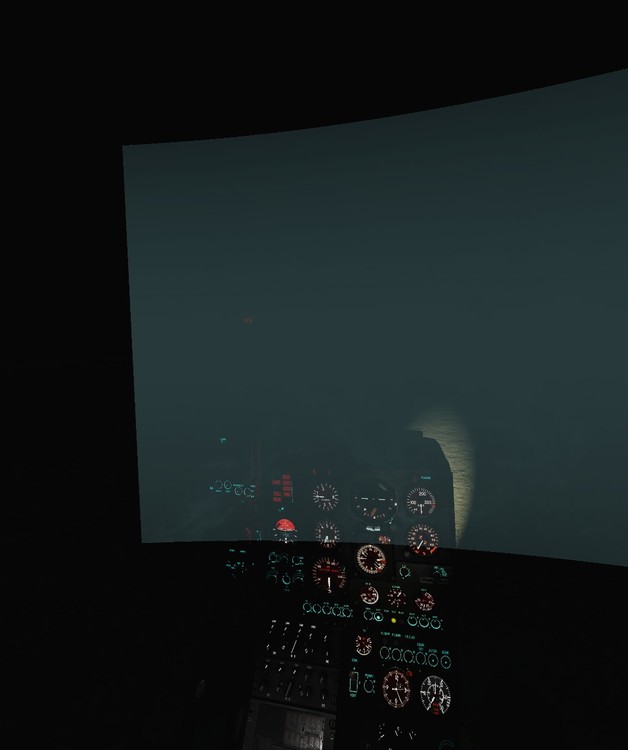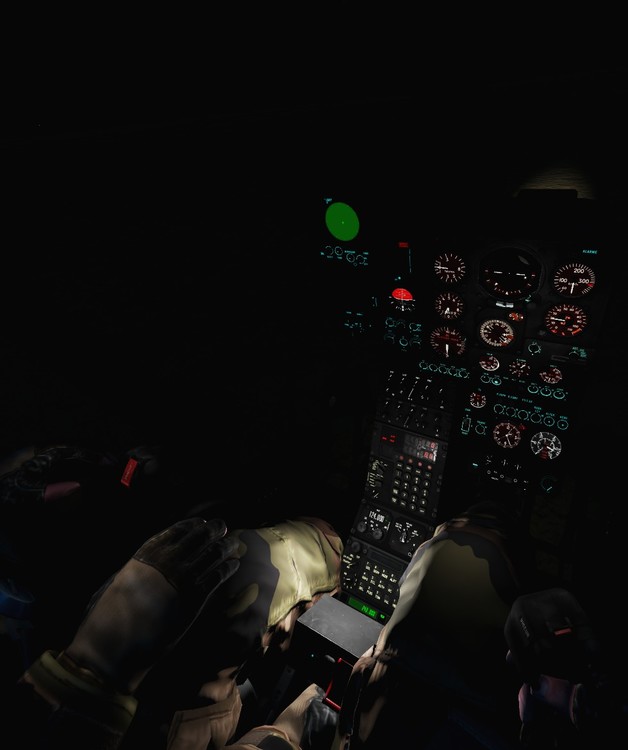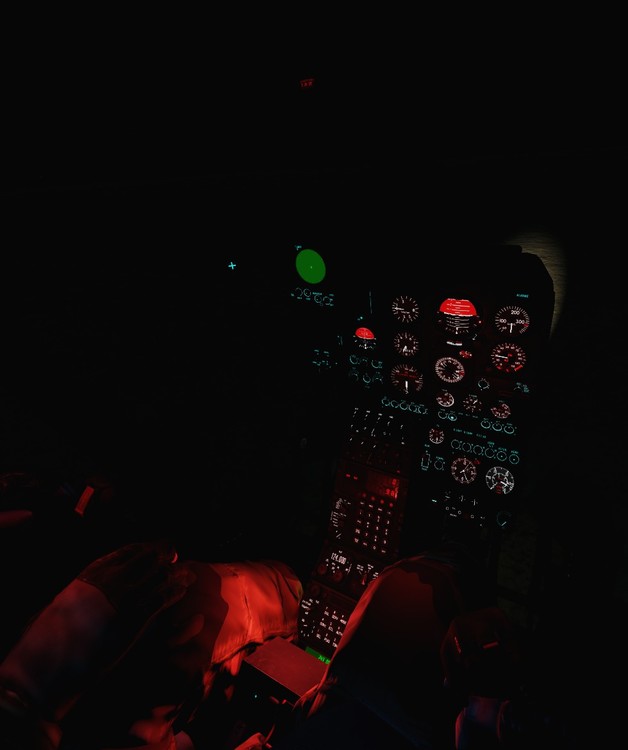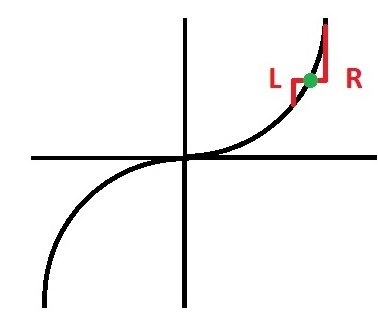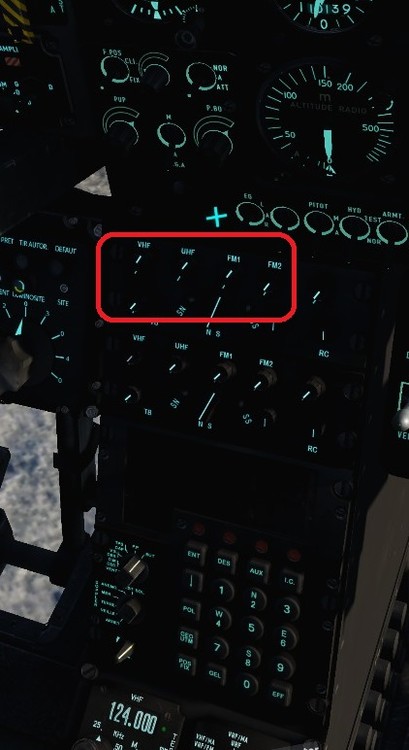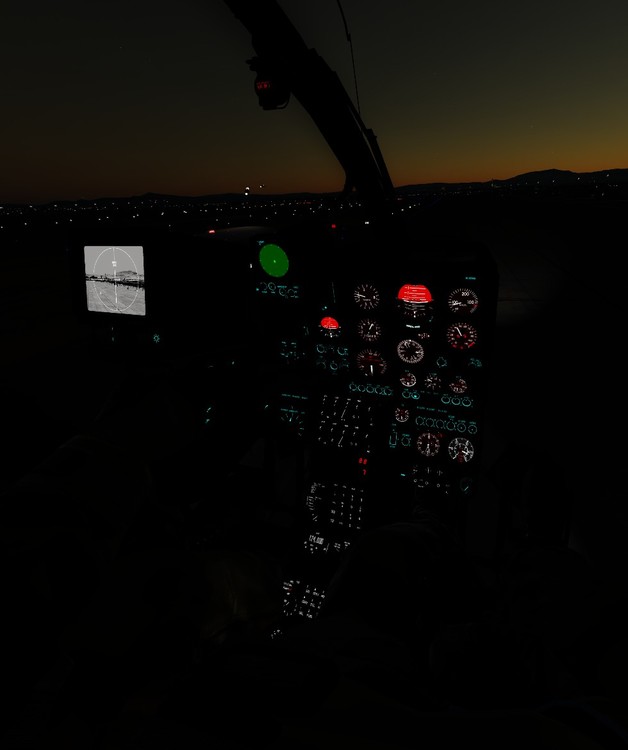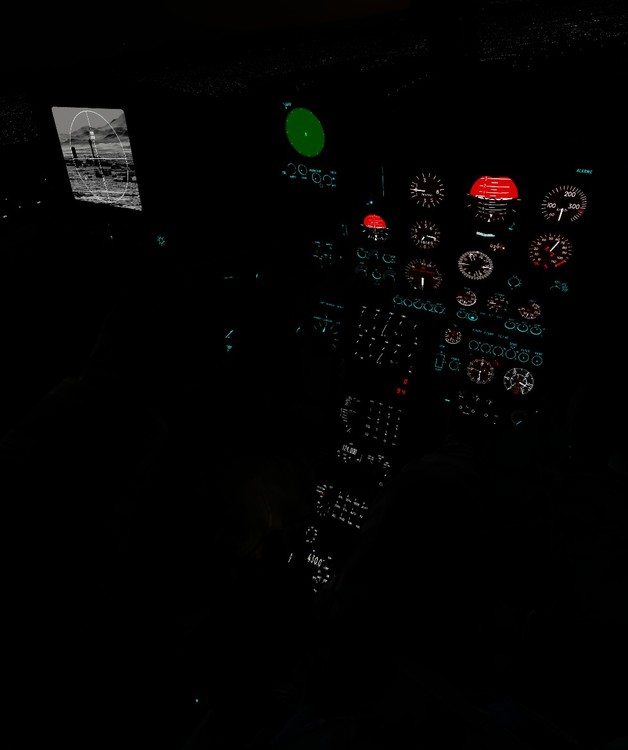-
Posts
27 -
Joined
-
Last visited
Personal Information
-
Flight Simulators
DCS. What else?
-
Location
Germany
-
+1 for MG151/20 pods
-

[REQUESTED]Request For Huey Upgrade (No Doors)
henhag replied to DeltaXrayBravo's topic in DCS: UH-1H
+1 This would be a great feature for sling load pilots! Maybe there is a way to add a doors/ no doors option to the rearming menu? -

[Oculus rift] No lateral & no front/rear movement
henhag replied to Plon's topic in Bugs and Problems
I cannot confirm this, 6 DOF headtracking works fine in VR (Oculus Rift CV1) -
The starter sounds are missing, they neither play when you spool up the flywheel or when you engage the clutch to crank the engine. Getting the M-62 radial to start is quite difficult at the moment, as there is no indication if the flywheel is ready. BR, Hendrik
-
Couldn't have said it better! :thumbup: While I really enjoy AIRIO for the startup and quick commands, I'm struggling to set up more complex things with Jester now. With the traditional Jester wheel you can see the important information in the hub of the wheel, such as current TACAN or radio channel, but also selected bomb type, ripple quantity etc. etc. You always see what your backseater is doing. IMHO, this is very important when flying with AI Using both input methods in parallel would be much more comfortable for me.. And for pilots who prefer pure immersion... well, they can just leave the "enable Jester wheel" tick box blank, right? :)
-
*push* Still an issue in 2.5.3.23954 (Nov 09 2018) Having a VR compatible sun visor would be awesome.. It's easily one of the best "little features" in RAZBAMs Harrier and Mirage.. extremely useful for Persian Gulf and NTTR where the sand is just too bright sometimes
-
-
Did you change the default cyclic sensitivity, so we don't have to adjust the pitch/roll Y-saturation any more? :joystick: :)
-
@Kestrel @lemoen I barely use the trim function, only if I need both hands to write in the chat or sth. :) I'm used to reset the trim right after I take back the controls When flying in VR, my hand position on the joystick nearly matches the "virtual hand" on the cyclic.. this is absolutely fantastic for immersion and 'not getting VR sick'. If I'd use the trimmer, my hand wouldn't be where I (virtually) see it.. And I know my brain doesn't like it that way :D With the 12cm extension, the warthog stick is extremely smooth, and the recentering is barely noticeable. It does recenter, but fighting the spring is absolutely manageable. I prefer to manually keep it in place, instead of having it trimmed and centered. The most important aspect for me is that I always 'feel' the current cyclic position, centering the stick using a trimmer could make this less intuitive. Flying the Huey is an amazing experience, and you can do some really tricky maneuvers with it :music_whistling:
-
Please excuse that I didn't read the whole thread, but I just posted a short guide for setting up helicopter controls, especially pointing out curvature/saturation settings for the cyclic pitch and roll axis :) I use these settings with the DCS: SA-342 Gazelle and I never had any problems flying this aircraft :) Controls guide for helicopters... Or: Why you should avoid using curvature
-
For all the old and new rotorheads: DO NOT USE ANY CURVATURE FOR HELICOPTER CONTROLS!!!!!111! :) --> Detailed explanation below ;) So... why is curvature a bad thing for helicopter controls? It works so good on the fixed wing aircraft... Yeah, but on a trimmed fast mover you will have your stick centered most of the time. Curves are always applied regarding to the center position. And this is where we have a problem... As you already know, a helicopters cyclic stick is off-center most of the time during flight. The cyclic position where your helicopter will fly in a straight line might be 40% forward and 30% to the right... but as soon as you increase collective it can be 45% forward and 25% right... I hope you understand what I'm trying to explain here... Your stick is almost never in the center position from which all curves are being calculated in DCS. In the attached drawing, the green dot represents the currently required cyclic position to maintain your flight attitude, on an axis that has a very strong curvature applied. The horizontal red lines represent an equally strong joystick movement to either the left or the right side, something you permanently need to adjust your flight attitude. In normal flight or hover, you apply small corrections, but you always stay near the sweet spot (green dot) If you take a closer look on the vertical red lines now, you will see that the left line is much shorter than the right one. This indicates that moving the stick to one side will have a much stronger effect on your helicopter, than moving it in the opposite direction! In a hover situation where you need precise and really small movements on the cyclic, this will lead to oscillation, unintended movement and failure. So... what can we do, if a curvature is actually making it worse? We have to find a way to reduce control sensitivity, but keep the in- and output as linear as possible. Fortunately, there is another axis setting called "Y-saturation" - that's the one you should try if the cyclic feels too sensitive :) It will take the full deflection of the joystick on your desk and limit it to whatever percentage you have selected. A roll axis Y-saturation of 50 means that you can only move the ingame cyclic stick 50% to the left and 50% to the right. But you get these 50% deflection when your real joystick is already fully deflected, so you might have just increased your input accuracy by the factor of 2??? There is a downside.. as always... 50-80% cyclic Y-saturation is enough for most normal flight operations, especially if you are new to helicopters and struggle keeping the bird in a stable hover. ATTENTION: On the Huey and Mi-8 (maybe Ka-50, too), you might not be able to reach maximum airspeed or maneuverability, as this sometimes requires a cyclic deflection near 100%. But this setting is a great pair of training skids! ???? It will limit you in speed and performance, but it really helps you improve your flight skill and hover precision! Once you get more familiar with the flight behaviour of your rotary wing aircraft, increase the Y-saturation step-by-step back to 100%. You don't need to start as low as 50%, even 80% will give you a noticeable improvement for training. The setting you feel comfortable with depends on several parameters like joystick type, spring strength, stick length, hotas mount/ desktop use, how you sit in your chair and lets not forget about the DCS helicopter module itself :D On the Sa-342 Gazelle, you may want to keep it at 60-80%, as this bird is very, VERY sensitive on the cyclic and keeping the Y-saturation reduced will have no real disadvantages at all. On all the other helicopters (Huey, Mi-8, Ka-50), there is no point in keeping the Y-saturation lowered forever. It is a great method for flight training, but as mentioned above, it comes with a price. I really hope you liked this guide, if you have any recommendations or comments, please post them below :) Feedback is always welcomed
-
Yesterday I flew the Harrier with two inboard tanks (empty) and about 45% internal fuel (loadout page) I think my fuel gauge showed about 1800lbs and it got filled up to 7700lbs (TOTAL). No 'transfer complete' message, I disconnected about 30 seconds after the fuel meter stopped at 7700lbs. The external tanks did not contain any fuel afterwards, at least according to the display. I flew for a while until my fuel level allowed for a vertical landing... and dropped like a stone. The external fuels weight was there fore sure Today I took the Mirage for a ride, and the same problem exists there, too. - I started with 5% internal fuel and three external fuel tanks (filled) - The fuel was successfully transfered to the internal tanks (got three RL external tanks empty warning lights and internal fuel level was raised) - I successfully refueled on a KC-130 - 'Transfer complete', internal tanks filled, but no fuel went into the external tanks - Double checked and successfully refueled on a Il-78 - 'Transfer complete', internal tanks filled, but no fuel went into the external tanks - Jettisoned the external tanks and the internal fuel instantly dropped from 3160kg to 50kg.. I had to eject :( I'm extremely bad at A-10C refueling, but I gave it a try... external fuel tanks and 100% internal fuel. During the flight only external fuel was used. When I connected to the KC-135 it instantly replied 'Transfer complete', so I assume it has the same problem (not filling the external tanks during AAR). Pretty confident that this is a global bug affecting all DCS modules :(
-
-
With DCS 2.5OpenBeta released and after checking this issue in several different lighting conditions, I have developed a stronger tendency to see this as a bug :( This is not a major problem though, and it is not making the module less enjoyable in any way.. ...but I think it looked much better before :noexpression: Some older screenshots (Oct. 2017) I found on my hard drive... the difference is literally night and day Edit: Please note that the UV lights are used on the older screenshots, so the red instruments light and blueish UV blend into white. When you use only the UV lights, the pitch ladder on the artificial horizon is light blue. Use only the red instruments backlight and the pitch ladder will look yellow. Use both lights at the same time and you will see a white pitch ladder on red background (as seen on the screenshots)



